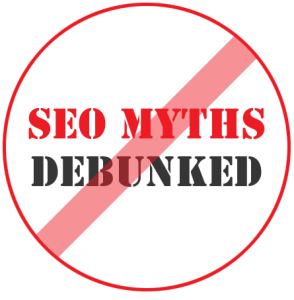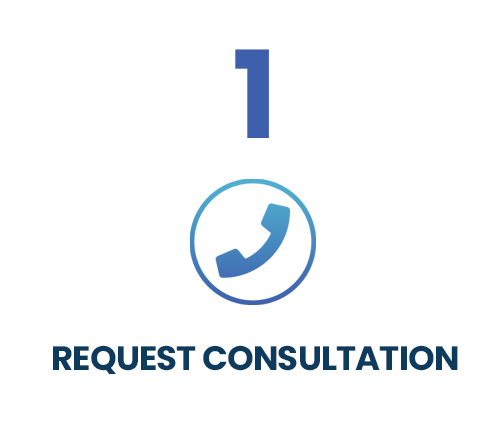While there are many SEO myths out there, below we identify and debunk three important myths that every business should know about.
Myth #1: Branded Search Doesn’t Matter
Many SEO professionals espouse that the traffic a site receives from branded search doesn’t matter because the brand’s name is included in the keyword term, and only traffic from non-branded search (search terms that do not include the brand’s name) matters. What this philosophy assumes, is that a Web site which lacks SEO will rank just as well for branded search terms as a Web site that is optimized. This simply isn’t true. When a Web site is optimized, it is optimized for specific keyword terms, and also inadvertently optimized for variations of those keyword terms, including variations that include the brand’s name. If an optimized Web site ranks well and receives traffic from keyword terms that include the brand’s name, whereas prior to optimization it did not, how can traffic from these keyword terms not matter? The simple answer is that traffic from branded search does matter.
Myth #2: SEO’s Primary Role is to Create Initial Contact
Many people believe that SEO’s primary role is to create the initial contact with a prospective customer. The truth is that SEO can play a very important role with prospective customers who have already come into contact with a brand. For example, Tom sees a commercial for On-Time A/C Repair that catches his attention. A week later, his A/C goes out. Tom doesn’t remember the name of the company he saw on that commercial, but he is confident he’ll recognize the name once he sees it. So, he Googles “Tampa A/C Repair” and fortunately, On-Time A/C Repair is the second Web site listed. Tom recognizes the name immediately, and books his appointment. Had On-Time A/C Repair not been optimized and at the top of Tom’s search, they would not have gotten Tom’s business that day. In this scenario, the commercial created the initial contact, and SEO helped facilitate the conversion from prospect to customer.
Myth #3: Paid Search is Unnecessary With Good Rankings
While having good rankings for high traffic keyword terms will send a consistent flow of traffic, what if that traffic could be doubled? A paid search campaign can often contribute a significant amount of traffic on top of what an SEO campaign is already sending. One reason for this is that a paid search campaign can target keyword terms that the SEO campaign has not yet achieved good rankings for. Another reason is that a paid search campaign increases a Web site’s visibility. Search engine results pages (SERPs) have become cluttered and filled with distractions. Good luck capturing a user’s attention with only one organic listing on the first page, even if it’s at the top. Now, add a paid search listing, and a Web site can have twice the visibility for a given keyword term. Because of the increased visibility, running an SEO and paid search campaign concurrently can be much more effective than running either campaign individually.







